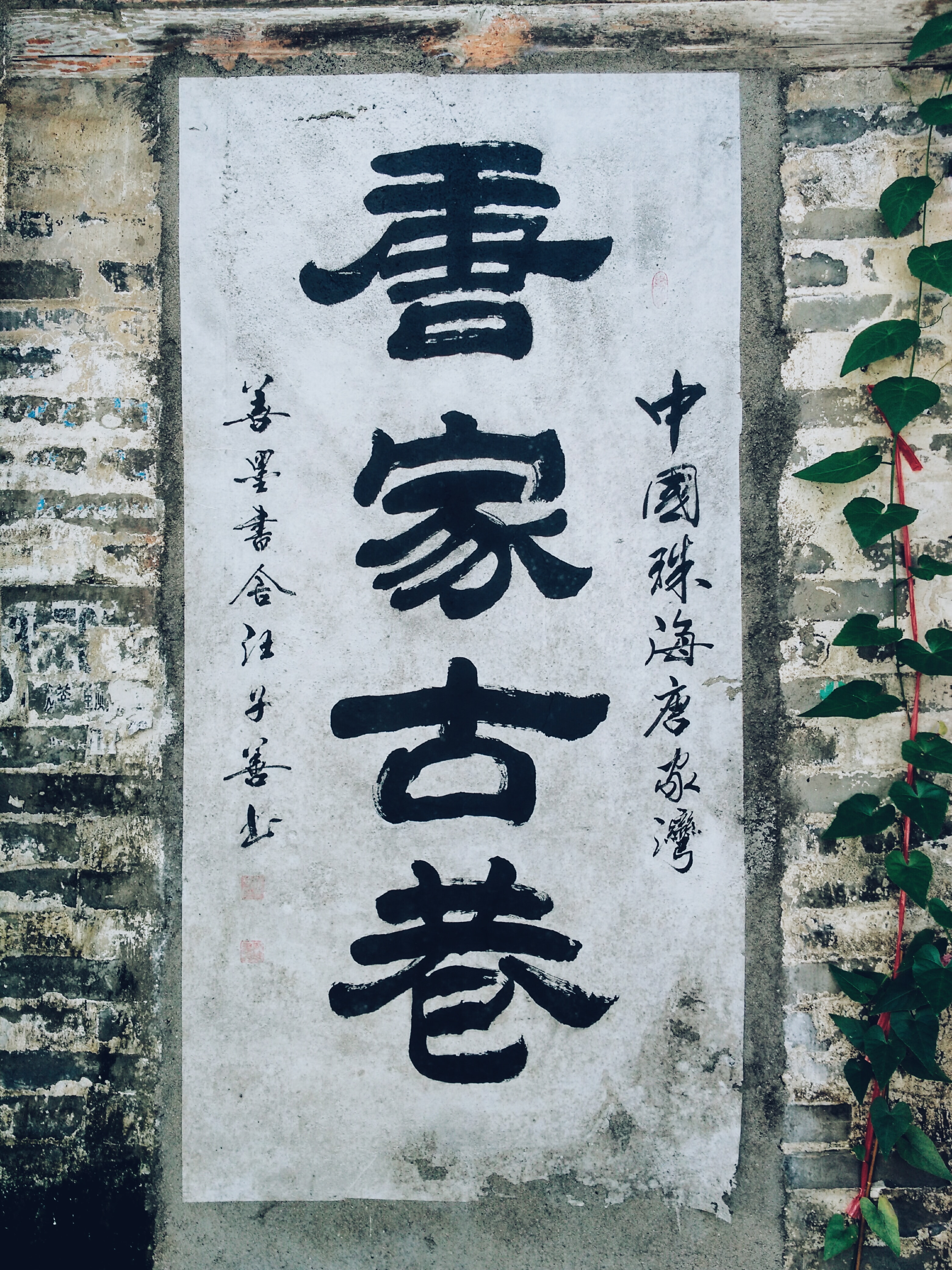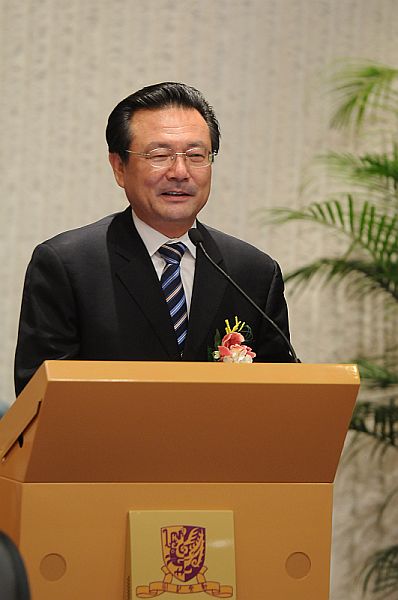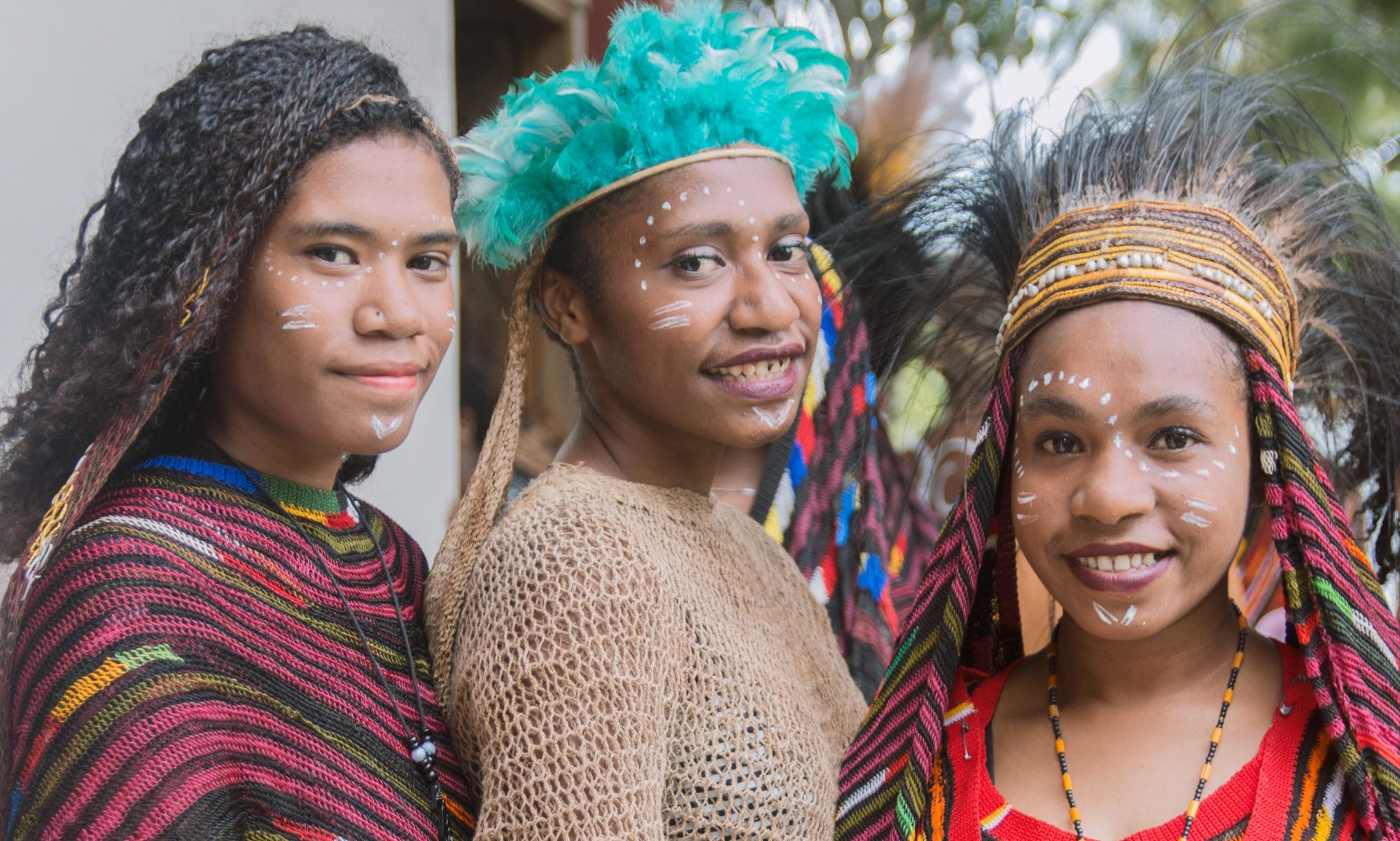
From Mongolian to Manchu, Bouyei and Blang, China reverberates with a cacophony of languages and dialects. But the sounds of its 1.3 billion people are in danger of becoming dramatically less diverse.
China has 56 officially recognized ethnic groups, and over 100 of their languages are in danger of dying out, according to the United Nations.
Chinese comprises of seven main dialects, Mandarin , Cantonese , Hakka, Wu , Min , Xiang , and Gan . The variety of Mandarin based on the speech in the capital Beijing is the official national language of mainland China. The common language in Hong Kong and overseas Chinese communities is Cantonese. The major languages spoken in Taiwan are Mandarin, Taiwanese (a variety of Min), and Hakka. Mandarin is spoken in most of northern China and part of western China.
Yet more than 90 percent of China’s population are the dominant Han, and a few of the largest groups, like the Muslim Hui, are so well integrated that they only speak Chinese.

‘Technology is the best hope’
Technological advances could offer a ray of hope, said Akbar Majit, a university professor and ethnic Kazak.
“When the Internet first started to become important people worried that Chinese would have no future as the online world would be dominated by English,” he said in flawless Mandarin.
“But that has not happened. And now we have more and more Chinese minority languages on the Internet,” Majit added, opening his mobile phone to show the daily news reports he gets in Kazak.
There are few things Chinese speakers hate more than the question “Do you speak Mandarin or Cantonese?” To those who don’t know any better, the two seem interchangeable. But Cantonese is not mutually intelligible with Mandarin, nor the other way around. Foreigners, particularly Americans, have a skewed perspective of the relevance of Cantonese, largely because the Chinese diaspora is overwhelmingly made up of native Cantonese speakers. That doesn’t mean Cantonese isn’t important, though. There are roughly 60 million Cantonese speakers in China, primarily in the southern province of Guangdong and in neighboring Hong Kong, where Cantonese is not the official language but is the lingua franca.
“I can only understand it a little and say a few everyday expressions. My children don’t understand it at all. They only learn Chinese,” said Du Mei, an Ewenki from Inner Mongolia.
“There are about 30,000 Ewenki and our language is on the verge of extinction. I often talk about the need here to speed up efforts to protect it,” she said on the sidelines of the on-going annual meeting of parliament, where she is a delegate.
Languages spoken by Chinese minorities with large populations such as Tibetan and Uighur are given broad official support, and efforts have been put into helping small groups with dying languages, including the Ewenki.
The country’s rapidly developing economy and a central government supported Mandarin promotion campaign is pushing some of these tongues to the brink of extinction, and Beijing must do more to help save them, their speakers say.



Great job! This was short and crisp..
LikeLike
Very informative! Most of the world is unaware of how diverse China is in terms of their language.
LikeLike
Hey thanks!
LikeLike
Such great content! so knowledgable!😍
LikeLike
Glad you liked it!
LikeLike
Very Well Done!!!!
LikeLiked by 1 person
Well Done
LikeLike